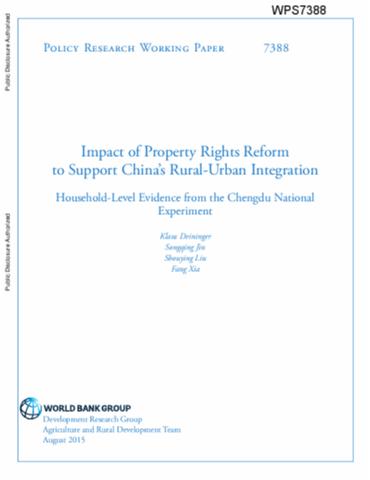Ethiopia Urbanization Review
The urban population in Ethiopia is
increasing rapidly. If managed proactively, urban population
growth presents a huge opportunity to shift the structure
and location of economic activity from rural agriculture to
the larger and more diversified urban industrial and service
sectors. If not managed proactively, rapid urban population
growth may pose a demographic challenge as cities struggle
to provide jobs, infrastructure and services, and housing.


